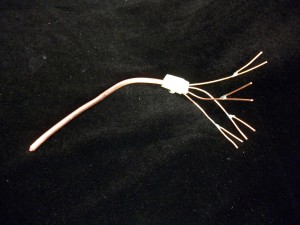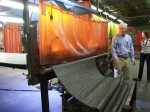Included in the above images are those of my model and my hand drawings. My idea for this project was to emphasize the stage using three copper tree-like forms that intersect over the stage creating an intriguing structure that would double as a location for lighting. The rest of the building would clad in weathered wood so it would blend into the woods leaving the stage to be further emphasized. I cantilevered my structure so it would not be too disruptive to the landscape and would create a unique lookout at the end of the hallway. I created a strip of windows above eye level at about 6′ above the floor for natural lighting.
Meta
Blogroll
-
Join 8 other subscribers



























You must be logged in to post a comment.